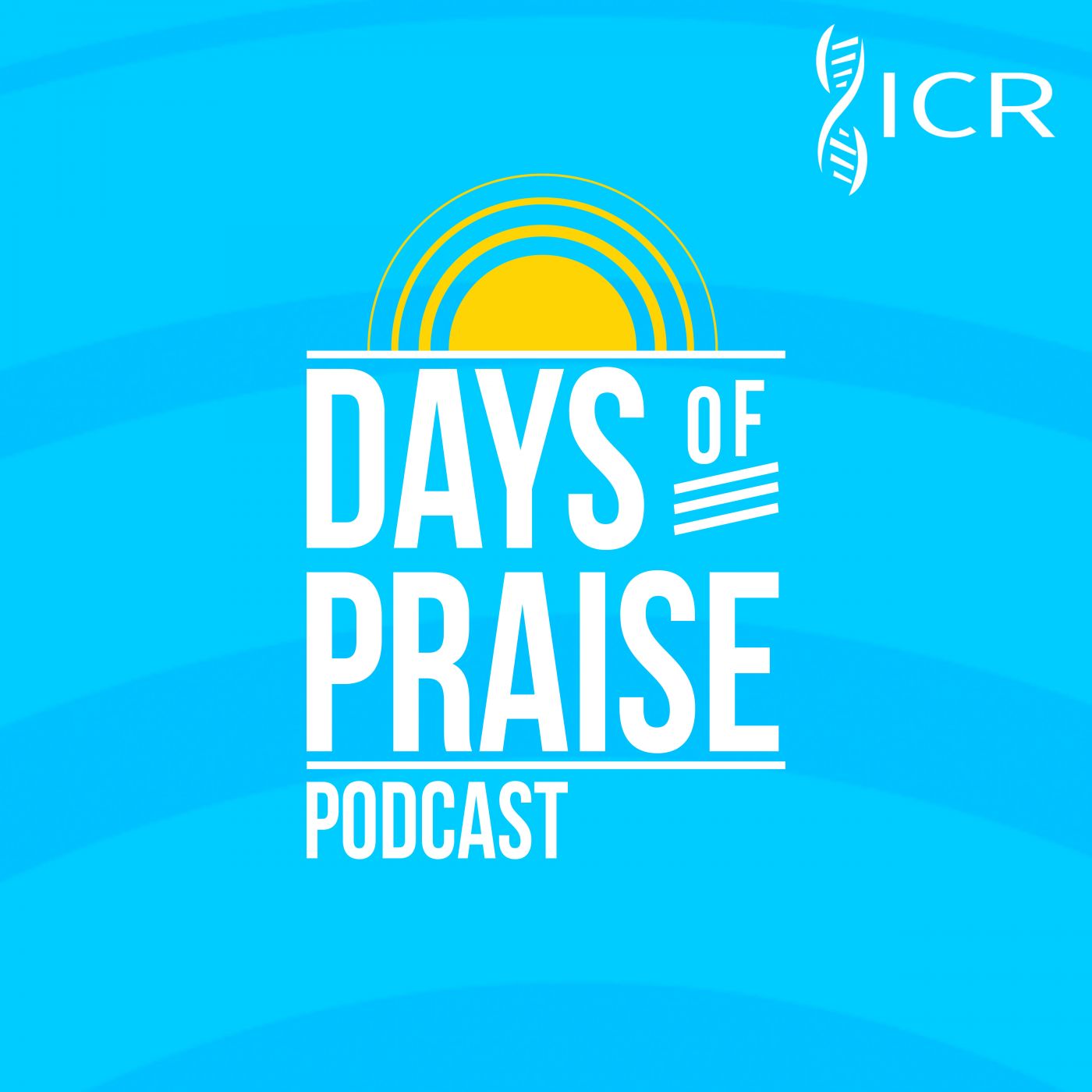“And as Moses lifted up the serpent in the wilderness, even so must the Son of man be lifted up: that whosoever believeth in him should not perish, but have eternal life.” (John 3:14-15)
The Lord Jesus is referring to the incident in the wilderness where the children of Israel had just been granted a victory over the Canaanites. But we’re told in Numbers 21:4 that “the soul of the people was much discouraged because of the way,” and they complained, even despising the daily manna God graciously provided.
As judgment, “the LORD sent fiery serpents among the people, and they bit the people; and much people of Israel died” (v. 6). They quickly realized that they had sinned, and God had Moses make “a serpent of brass, and put it upon a pole, and it came to pass, that if a serpent had bitten any man, when he beheld the serpent of brass, he lived” (v. 9).
We can glean several things from this incident in Numbers and Christ’s mention of it. First, we need to realize that we have all been bitten by the fiery serpent of sin. “There is none righteous, no not one” (Romans 3:10), and we’re all death-deserving victims of that destructive venom and will perish without a curing intervention.
The serpent is a symbol of judged sin, and brass speaks of divine judgment, such as in the brazen altar. Thus, the brazen serpent is a type of Christ in which the sinless Jesus, who came in the likeness of sinful flesh, was made sin for us and raised up as a sacrifice on the cross. If we want to live, we must look to Christ, trust in Him, and be saved. JPT
 Days of Praise Podcast is a podcast based on the Institute for Creation Research quarterly print devotional, Days of Praise. Start your day with devotional readings written by Dr. Henry Morris, Dr. Henry Morris III, Dr. John Morris, and others to strengthen and encourage you in your Christian faith.
Days of Praise Podcast is a podcast based on the Institute for Creation Research quarterly print devotional, Days of Praise. Start your day with devotional readings written by Dr. Henry Morris, Dr. Henry Morris III, Dr. John Morris, and others to strengthen and encourage you in your Christian faith.

























